Expansion of Functional Foods
The trend towards functional foods is significantly influencing the Safflower Seeds Market. Functional foods, which provide health benefits beyond basic nutrition, are increasingly sought after by consumers. Safflower seeds are rich in antioxidants and essential fatty acids, making them a valuable ingredient in various health-oriented products. Market data suggests that the functional food sector is expected to grow at a compound annual growth rate of around 7% over the next five years. This growth is likely to drive the incorporation of safflower seeds into snacks, supplements, and fortified foods, thereby enhancing their market presence and appeal. As manufacturers seek to innovate and meet consumer demands, the Safflower Seeds Market stands to benefit from this expanding segment.
Rising Demand for Healthy Oils
The increasing consumer preference for healthy cooking oils is a pivotal driver in the Safflower Seeds Market. Safflower oil, known for its high unsaturated fat content and low saturated fat levels, is gaining traction among health-conscious consumers. According to recent data, the demand for safflower oil has surged, with projections indicating a growth rate of approximately 5% annually. This trend is largely attributed to the oil's favorable fatty acid profile, which is perceived as beneficial for heart health. As consumers become more aware of the health implications of their dietary choices, the Safflower Seeds Market is likely to experience a corresponding increase in demand for safflower seeds, which are the primary source of this oil.
Versatile Applications in Cosmetics
The versatility of safflower seeds extends beyond culinary uses, significantly impacting the Safflower Seeds Market through their applications in the cosmetics sector. Safflower oil is recognized for its moisturizing properties and is increasingly utilized in skincare and haircare products. Market analysis indicates that the global cosmetics industry is expected to grow at a rate of 4% annually, with natural and organic products leading the charge. This trend presents an opportunity for safflower seeds to be incorporated into a variety of cosmetic formulations, enhancing their marketability. As consumers seek products that are both effective and derived from natural sources, the Safflower Seeds Market is poised to benefit from the rising demand for safflower-based cosmetic ingredients.
Increased Adoption of Organic Farming
The shift towards organic farming practices is emerging as a crucial driver for the Safflower Seeds Market. As consumers become more environmentally conscious, the demand for organic products continues to rise. Safflower seeds, which can be cultivated without synthetic pesticides and fertilizers, align well with organic farming principles. Recent statistics indicate that the organic food market is projected to grow by approximately 10% annually, reflecting a robust interest in sustainable agricultural practices. This trend not only enhances the appeal of safflower seeds but also encourages farmers to adopt organic cultivation methods, thereby potentially increasing the supply of safflower seeds in the market. Consequently, the Safflower Seeds Market is likely to see a positive impact from this growing preference for organic produce.
Growing Interest in Biodiesel Production
The exploration of alternative energy sources is driving interest in the Safflower Seeds Market, particularly in the context of biodiesel production. Safflower oil can be processed into biodiesel, which is considered a renewable energy source. With increasing global emphasis on reducing carbon emissions and reliance on fossil fuels, the biodiesel market is projected to expand significantly, potentially growing at a rate of 6% per year. This shift towards renewable energy solutions may lead to heightened demand for safflower seeds, as they provide a viable feedstock for biodiesel production. As governments and industries seek sustainable energy alternatives, the Safflower Seeds Market could see a substantial increase in interest and investment.


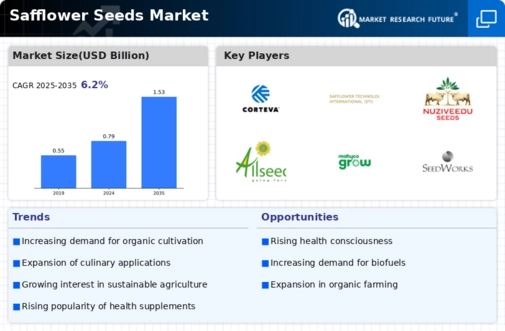
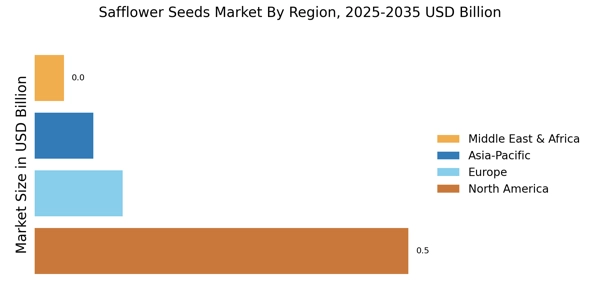
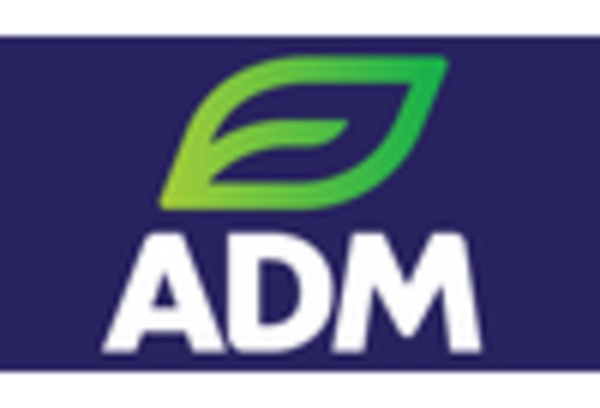
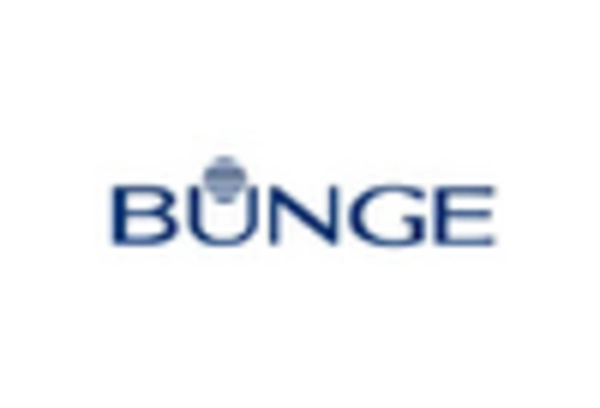

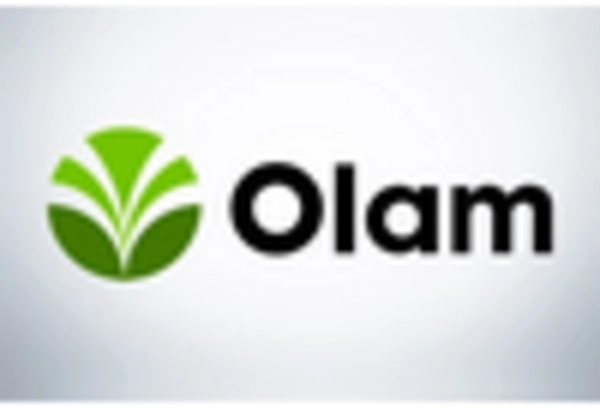
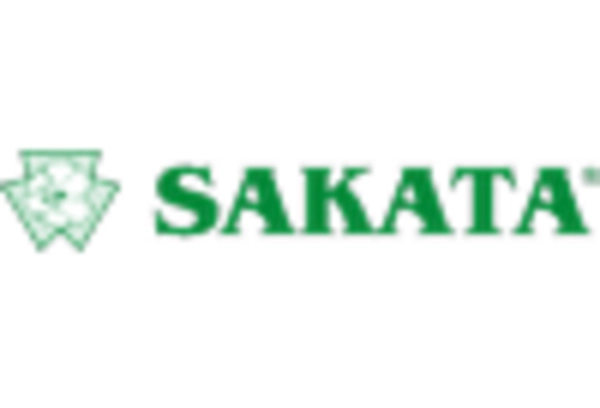
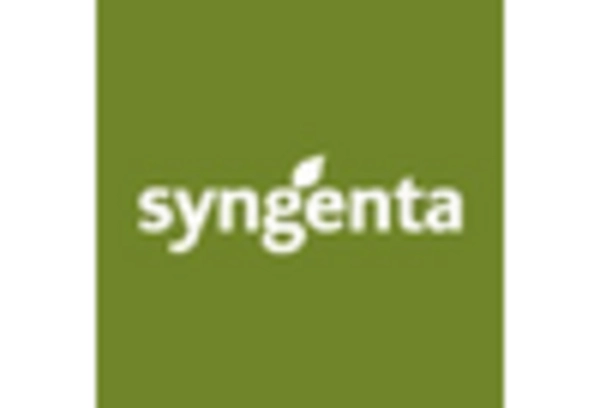








Leave a Comment